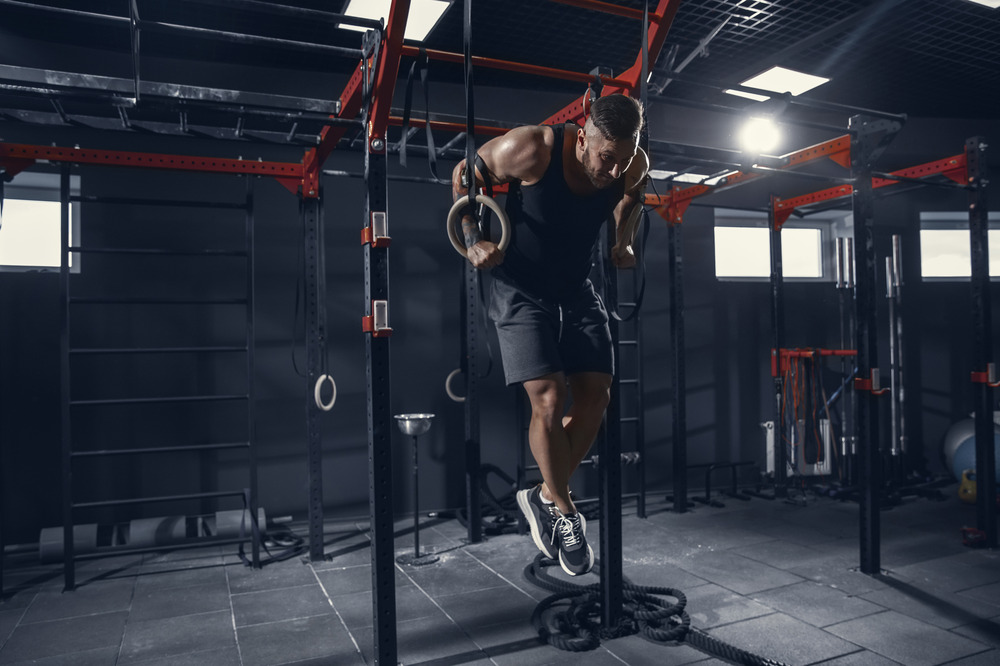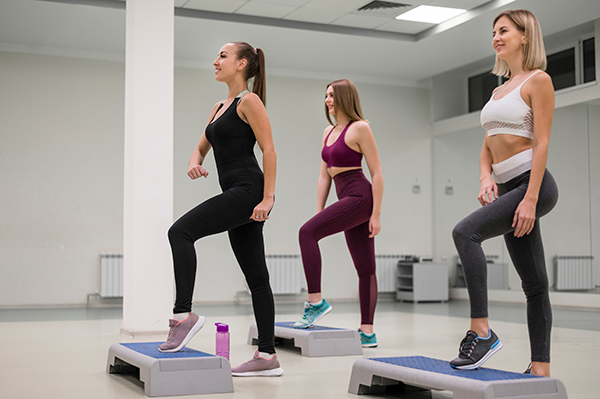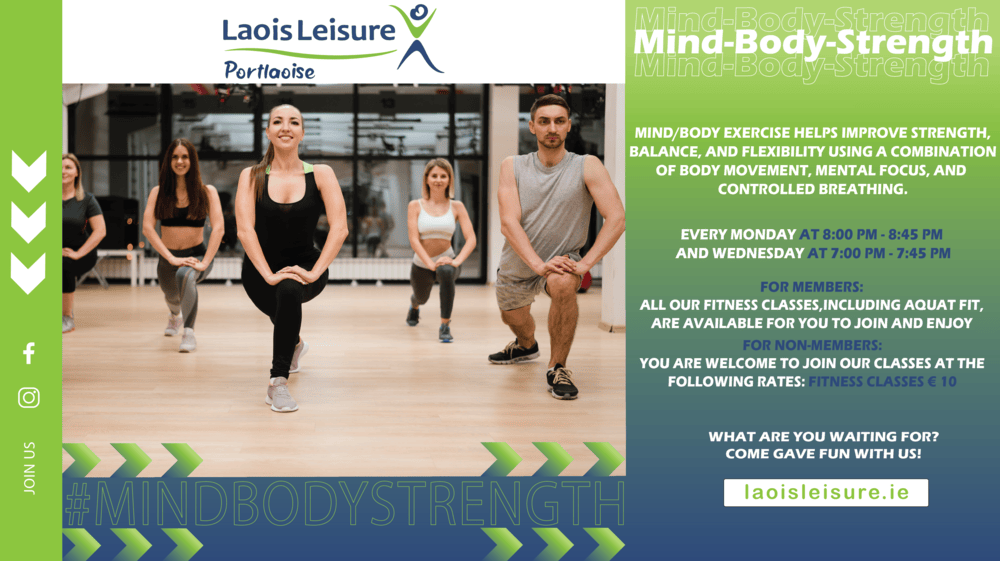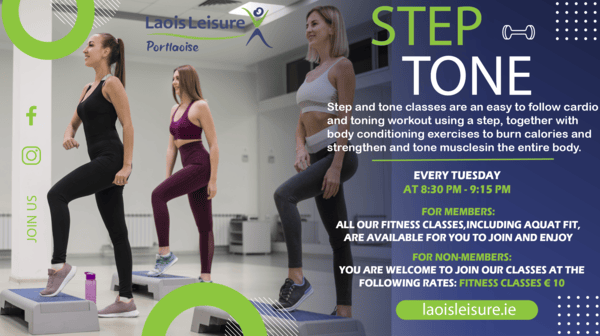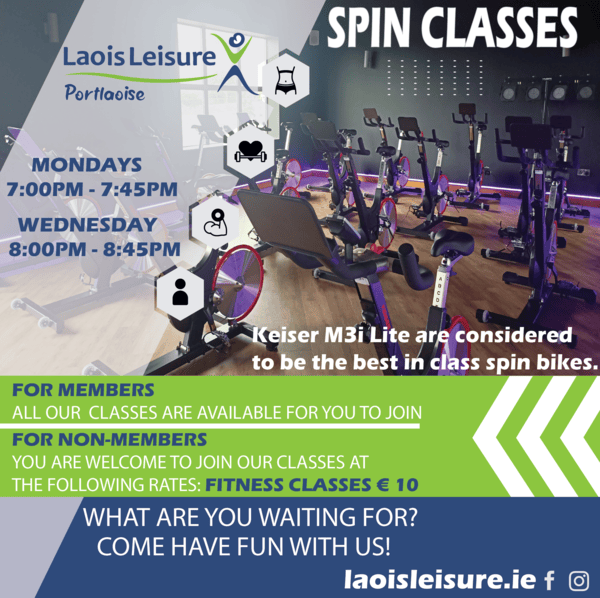To stay healthy and fit, incorporating a variety of exercises into your routine is key. Different types of exercises target specific aspects of fitness, such as cardiovascular health, strength, flexibility, and endurance.
Flexibility exercises, such as yoga and dynamic stretching, enhance range of motion, improve posture, and reduce muscle stiffness. Regular flexibility training can help alleviate tension, prevent strains, and support better movement efficiency in daily activities.
Here are the best exercises to help you achieve overall fitness:
1. Strength Training
Strength training helps build muscle, improve metabolism, and enhance bone density.It's essential for maintaining muscle mass as you age and for promoting fat loss.
Best Exercises: Squats, deadlifts, bench press, lunges, pull-ups, push-ups, and planks. Aim to strength train 2-3 times per week, targeting different muscle groups each session. Incorporate free weights, resistance bands, or bodyweight exercises to effectively challenge your muscles
Best Exercises: Squats, deadlifts, bench press, lunges, pull-ups, push-ups, and planks. Aim to strength train 2-3 times per week, targeting different muscle groups each session. Incorporate free weights, resistance bands, or bodyweight exercises to effectively challenge your muscles
Develop strong bones: By stressing your bones, strength training can increase bone density and reduce the risk of osteoporosis.
Manage your weight: Strength training can help you manage or lose weight, and it can increase your metabolism to help you burn more calories.
Enhance your quality of life: Strength training may enhance your quality of life and improve your ability to do everyday activities. Strength training can also protect your joints from injury. Building muscle also can contribute to better balance and may reduce your risk of falls. This can help you maintain independence as you age.
2. High-Intensity Interval Training (HIIT)

HIIT is a time-efficient workout that combines short bursts of intense activity with periods of rest or low-intensity exercise. It boosts cardiovascular fitness, burns fat, and improves metabolic health.
Best Exercises: Jump squats, burpees, sprints, kettlebell swings, and mountain climbers.
Tips: Perform 20-30 minutes of HIIT 2-3 times per week. Ensure you're pushing yourself during the high-intensity intervals to maximize fat burning and endurance.
Efficient Calorie Burning: Hit workouts burn a lot of calories in a short amount of time. Because they are so intense, your body continues to burn calories at an elevated rate even after the workout is over a phenomenon called excess post-exercise oxygen consumption (EPOC), or the "afterburn effect."
Fat Loss: HIIT is particularly effective for fat loss, especially around the belly. Research shows that HIT burns more fat in less time than steady-state cardio, like jogging or cycling at a steady pace.
Builds Muscle: While HIIT is primarily known for fat burning, it can also help build lean muscle mass, particularly if you include bodyweight or resistance-based exercises like push-ups, squats, or kettlebell swings in your intervals.
Increases Metabolism: The intense nature of HIIT boosts your metabolic rate, which can help you burn more calories throughout the day, even when you are not working out.
Time-Efficient: HIIT is perfect for people with busy schedules. You can get a highly effective workout in just 15-30 minutes, compared to spending an hour or more doing traditional steady-state cardio.
3. Cardiovascular Exercise
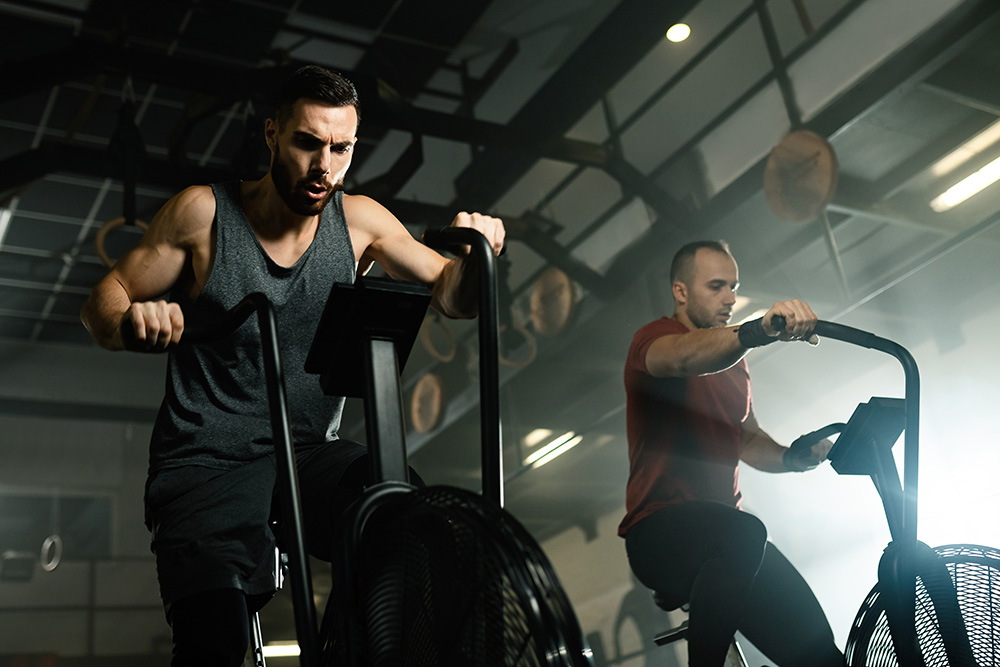
Cardiovascular exercise, or cardio, is any form of activity that raises your heart rate and keeps it elevated for a sustained period. Cardio exercises are essential for improving heart and lung health, boosting endurance, burning calories, and enhancing mental well-being. Whether you're looking to lose weight, increase stamina, or simply maintain overall fitness, cardio plays a crucial role in any workout regimen.
Improves Heart Health: Cardio strengthens the heart and improves its efficiency. A stronger heart can pump more blood with less effort, which lowers blood pressure and reduces the risk of heart disease, stroke, and other cardiovascular conditions.
Enhances Lung Capacity: Regular cardio helps improve your lung function, allowing your body to use oxygen more efficiently. This boosts your overall stamina and endurance.
Burns Calories and Aids in Weight Loss: Cardio is an effective way to burn calories,making it a key part of any weight loss plan. Combined with a healthy diet, it can help you achieve and maintain a healthy weight.
There are many different forms of cardio, ranging from low-impact activities suitable for beginners to high-intensity workouts for more advanced exercisers.
4. Core Workouts
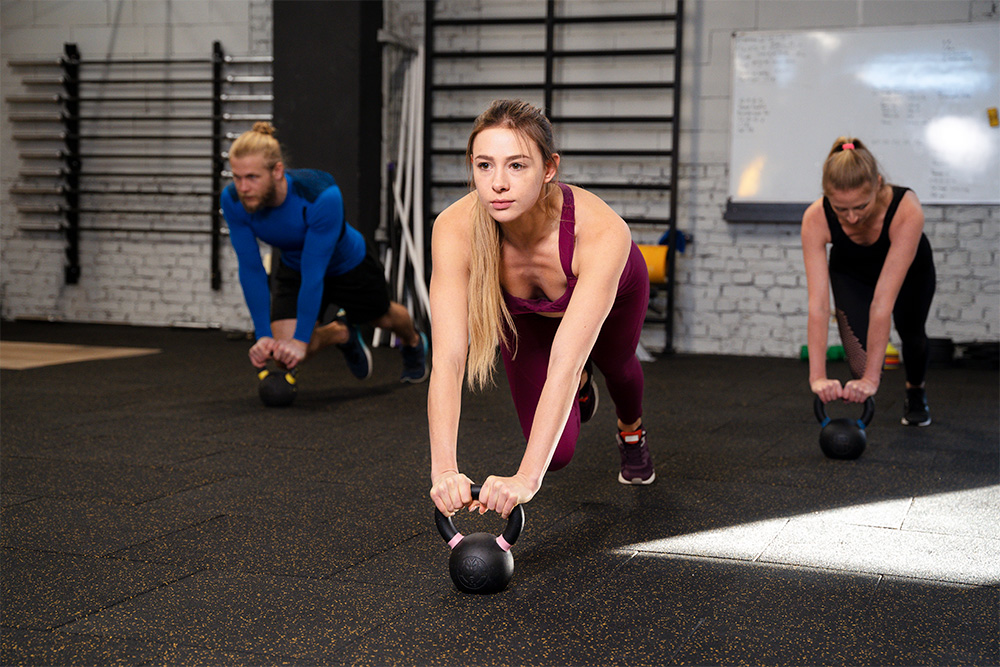
Functional training is a style of exercise designed to improve your ability to perform daily activities with greater ease and efficiency. Unlike traditional workouts that often focus on isolating specific muscles (like bicep curls or leg extensions), functional training emphasizes movements that mimic real-life actions, such as lifting, squatting, pulling, and pushing. The goal is to enhance strength, coordination, balance, and flexibility in a way that translates into better performance in everyday tasks, work, or sports.
Common Functional Training Exercises
Deadlifts: Mimic the action of bending down to lift an object.
Kettlebell Swings: Mimic the action of bending down to lift an object.Enhance hip hinge movement and strengthen the posterior chain (back, glutes, hamstrings).
Farmer’s Walks: Carrying weights while walking strengthens your grip, core, and posture.
Lunges with a Twist: Improves lower body strength, balance, and rotational flexibility.
Medicine Ball Throws: Develop explosive power and improve rotational movements.
Functional training is especially popular among athletes because it enhances not only strength but also power, agility, and coordination, all of which are critical for sports performance. Athletes can improve their ability to react to unpredictable situations, move in different directions quickly, and generate power from their core and legs, which are essential for sports like basketball, soccer, or tennis.
